It takes New Orleans to show you just how fashionable ‘old-fashioned’ can be. Meeting with chefs, longtime cooks, legendary restaurateurs, service staff and purveyors, you can map the history of this city through its food, a history that NOLA chefs are determined to preserve. It’s a city that attracts upwards of 9 million tourists annually – 9.28 million in 2013 – yet its chefs and restaurants persevere in serving local food in time honoured local style – lavish, time-consuming and indulgent, steering away from chasing after trends, instead, incorporating them seamlessly into the legacy of Louisiana cooking. Served up against a backdrop of mahogany paneling, antique mirrors, hand decorated wallpaper, pumpkin lights, cast iron chandeliers and service that makes every meal a luxurious experience, everyday New Orleans dining is a different state of mind.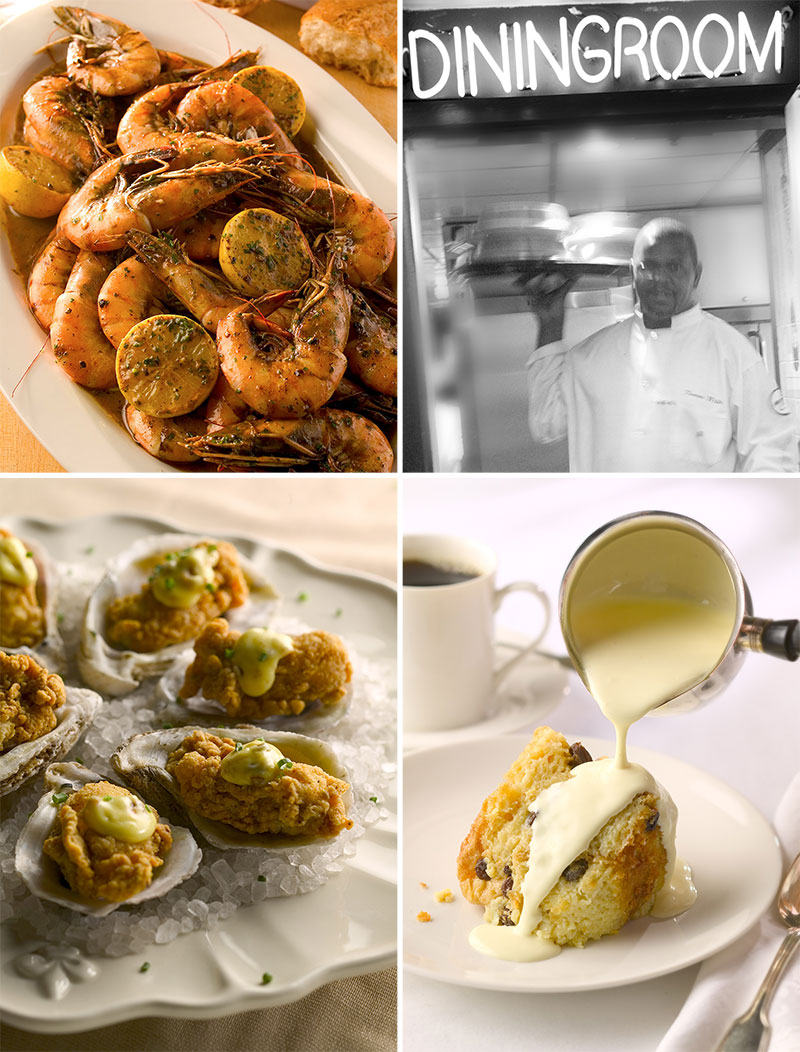 On my very first day in the city, I ran into the most famous name in New Orleans dining, the Brennans. Right across the street from my hotel was Mr.B’s Bistro, run by Cindy Brennan, something of a departure from formal New Orleans style dining in wishing to be more like a Paris Bistro, when it started in 1979. I ate a classic Mr.B’s barbequed shrimp with my fingers, a large bib tucked under my chin. The vast Gulf shrimp, shell-on, floated unabashedly in a little lake of butter and the in-house spicy Creole seasoning, with French bread to soak up every drop of that cholesterol-inducing fat. The spice blend was so good, I tried to buy some, but was told that Mr.B’s had stopped selling it since Katrina – so I bought a cookbook with the recipe instead. My companions tried the famous gumbo ya-ya, a thick, dark, delicious roux-thickened stew of andouille sausage and chicken, a Creole dish that traces its roots back to Africa. Everything on the menu is as local as it can get, with a tweak or two, here and there. Later, when I meet Chef Michelle McRaney, I learn that she had been cooking here since 1992 and she has not run out of inspiration drawn from local culinary traditions. Mr. B.’s is a good place to begin exploring: the food reflects both Creole and Cajun cooking, giving us a taste of both.
On my very first day in the city, I ran into the most famous name in New Orleans dining, the Brennans. Right across the street from my hotel was Mr.B’s Bistro, run by Cindy Brennan, something of a departure from formal New Orleans style dining in wishing to be more like a Paris Bistro, when it started in 1979. I ate a classic Mr.B’s barbequed shrimp with my fingers, a large bib tucked under my chin. The vast Gulf shrimp, shell-on, floated unabashedly in a little lake of butter and the in-house spicy Creole seasoning, with French bread to soak up every drop of that cholesterol-inducing fat. The spice blend was so good, I tried to buy some, but was told that Mr.B’s had stopped selling it since Katrina – so I bought a cookbook with the recipe instead. My companions tried the famous gumbo ya-ya, a thick, dark, delicious roux-thickened stew of andouille sausage and chicken, a Creole dish that traces its roots back to Africa. Everything on the menu is as local as it can get, with a tweak or two, here and there. Later, when I meet Chef Michelle McRaney, I learn that she had been cooking here since 1992 and she has not run out of inspiration drawn from local culinary traditions. Mr. B.’s is a good place to begin exploring: the food reflects both Creole and Cajun cooking, giving us a taste of both. 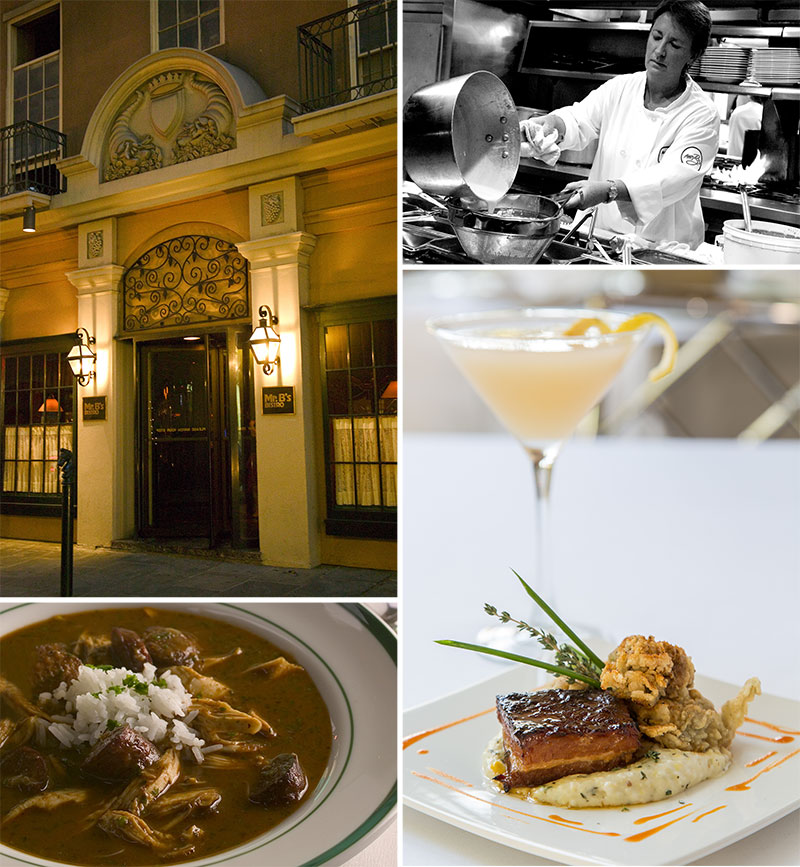
Located at the bottom of the Mississippi delta and the top of the Gulf of Mexico, bordered by the brackish estuary of Lake Pontchartrain, New Orleans’ chefs and kitchens receive an embarrassment of riches – pompano, sea bass, tuna, redfish, crawfish, lobster, oysters and crab, not to mention duck, quail, rabbit, pheasant and venison from the marshlands. Then there is a history that brings French, Spanish, West African, Caribbean and European culinary and cultural influences together that worked with this abundance to evolve Creole and Cajun dishes. There’s a lot I hear about these two kinds of cooking over the next few days – essentially, Creole was city food, influenced by the waves of colonists, settlers and slaves from Africa who created New Orleans. French cooking holds everything together, but multiple accents, spices, ingredients and techniques from many different cuisines stand out in individual dishes like turtle soup, jambalaya and gumbo. There are other small luxuries to indulge in: beignets drenched in powdered sugar at the Café du Monde and Café Beignet; pralines and at the Coffee Pot Café, lost bread– a kind of grilled, deep fried, sugary bread and cala cakes, made of leftover cooked rice, with a history that goes back to Africa, introduced by rice growing slaves, all part of this rich culinary history.
Cajun cooking on the other hand traces its way back to the French Catholic colonists who were forced out of Nova Scotia, Canada, by the British. They re-settled in South-western Louisiana and relied on food available in the bayous: pork, crawfish, seafood and wild game, parsley, celery and herbs. The style of cooking that evolved was not spicy but well-seasoned one-pot cooking, full of deep, rich flavours.
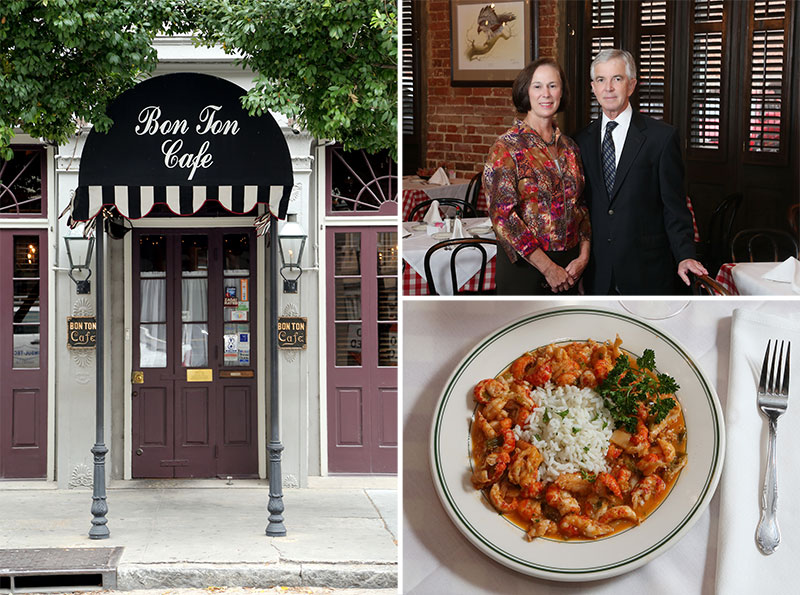 This is a city linked through a network of ties, we quickly discover. Everyone knows each other, or they know people in common. My friend Anne Brett at the Monteleone suggests that I visit the fish market and then, since this is an oyster crazy city, meet Al Sunseri of P&J Oysters, the largest distributors, in business for 138 years having survived, as Al will proudly let us know, hurricanes, wars, recessions, and depressions. A phone call, a few connections made and we are speeding across to catch Al before his next appointment. We end up spending a couple of hours, as he walks us around what used to be a blacksmith’s shop, where oysters are now shucked at a tremendous pace by Vietnamese women. Narrating the history of his family, and the business, he’s proud that Louisiana, with it’s Mississippi delta fresh water and the Gulf of Mexico produces the best oysters – and the best produce stays local, feeding New Orleans’ oyster obsession. Sadly, the local character captured in names according to the specific areas they come from has been largely abandoned, and oysters are now simply lumped together as Louisiana or Gulf oysters. Pointing out the locations of the best oyster farms on a vast map of Lake Pontchartrain, he explains the qualities to look for in oysters. This is a close-knit family of purveyors, with a few generations of experience and dedication behind them. Al Sunseri takes immense pride in supplying the finest oysters to some of the oldest restaurants in the city and, later that afternoon, we get to taste them, a trio of oysters: oysters Bienville; oysters thermidor and the famous oysters Rockefeller at Dickie Brennan’s Bourbon Oyster Bar. You can slake your thirst for oysters in this city – oysters on the half shell with catfish caviar and champagne mousse at John Besh’s elegant fine dining restaurant, August; oysters with Creole hollandaise sauce; charbroiled oysters, or oyster po’boy, batter fried and presented in a vast sandwich, at Stanley’s, Jackson Square, which attracts the young, casual crowd. P&J even have an oyster cookbook, inspired by Al Sunseri’s mother, based on her recipes, and worked on by well-known chefs. I get myself a copy, but I doubt if anything will match up to the oysters I have tasted here.
This is a city linked through a network of ties, we quickly discover. Everyone knows each other, or they know people in common. My friend Anne Brett at the Monteleone suggests that I visit the fish market and then, since this is an oyster crazy city, meet Al Sunseri of P&J Oysters, the largest distributors, in business for 138 years having survived, as Al will proudly let us know, hurricanes, wars, recessions, and depressions. A phone call, a few connections made and we are speeding across to catch Al before his next appointment. We end up spending a couple of hours, as he walks us around what used to be a blacksmith’s shop, where oysters are now shucked at a tremendous pace by Vietnamese women. Narrating the history of his family, and the business, he’s proud that Louisiana, with it’s Mississippi delta fresh water and the Gulf of Mexico produces the best oysters – and the best produce stays local, feeding New Orleans’ oyster obsession. Sadly, the local character captured in names according to the specific areas they come from has been largely abandoned, and oysters are now simply lumped together as Louisiana or Gulf oysters. Pointing out the locations of the best oyster farms on a vast map of Lake Pontchartrain, he explains the qualities to look for in oysters. This is a close-knit family of purveyors, with a few generations of experience and dedication behind them. Al Sunseri takes immense pride in supplying the finest oysters to some of the oldest restaurants in the city and, later that afternoon, we get to taste them, a trio of oysters: oysters Bienville; oysters thermidor and the famous oysters Rockefeller at Dickie Brennan’s Bourbon Oyster Bar. You can slake your thirst for oysters in this city – oysters on the half shell with catfish caviar and champagne mousse at John Besh’s elegant fine dining restaurant, August; oysters with Creole hollandaise sauce; charbroiled oysters, or oyster po’boy, batter fried and presented in a vast sandwich, at Stanley’s, Jackson Square, which attracts the young, casual crowd. P&J even have an oyster cookbook, inspired by Al Sunseri’s mother, based on her recipes, and worked on by well-known chefs. I get myself a copy, but I doubt if anything will match up to the oysters I have tasted here. 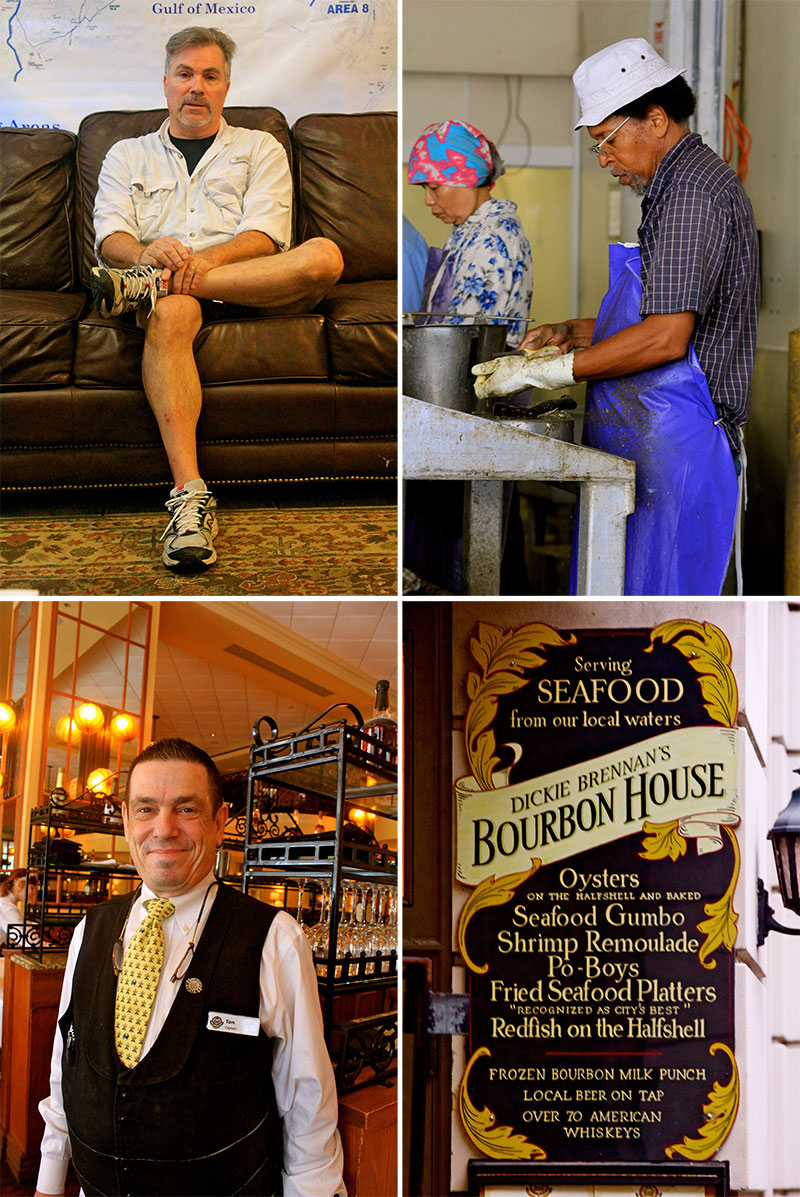 Seeking out Cajun, we make our way across to the Bon Ton Café which has a head cook of 40 years and wait staff like Joy, our server, who have been working there decades. Run by Wayne and Debbie Pierce, who greet every one of their guests personally and make it a point to stop by all the tables, Bon Ton Café has managed to preserve original Cajun flavours, which travelled to the city with Wayne’s family, when they moved from the bayous of South Louisiana: parsley, celery, herbs for flavourful cooking. Spices, Debbie observes, were in the city, not accessible in the bayous where Cajun food evolved. Crawfish, seafood andouille and boudin sausages, spiced, smoked ham (tasso) are some of the hallmarks of Cajun flavours. The spices, says Debbie, came later, when there was an intermingling and fusion of people and flavours. On the red checked tablecloths are saltines and fresh French bread wrapped in white linen. I choose a traditional crawfish etouffeé with parsley rice, the blazing orange-red colour Debbie points out, from crawfish fat, not from added spice. It comes with a salad of mustard greens, radish and cherry tomatoes in a dressing of house mustard vinaigrette that packs a punch, and balances the buttery texture of the crawfish. The mid-day Rum Ramsey cocktail is fresh – and strong; the bread pudding in a sauce awash with whiskey is rich and decadent. The room is filled with regular guests seated on bentwood chairs, some of whom visit 3-4 times a week for the food, and more importantly, the kind of personalized hospitality that’s getting harder to find by the day. Bon Ton Café has stuck to its classic style for 61 years and it’s very clear that everyone is having a wonderful time
Seeking out Cajun, we make our way across to the Bon Ton Café which has a head cook of 40 years and wait staff like Joy, our server, who have been working there decades. Run by Wayne and Debbie Pierce, who greet every one of their guests personally and make it a point to stop by all the tables, Bon Ton Café has managed to preserve original Cajun flavours, which travelled to the city with Wayne’s family, when they moved from the bayous of South Louisiana: parsley, celery, herbs for flavourful cooking. Spices, Debbie observes, were in the city, not accessible in the bayous where Cajun food evolved. Crawfish, seafood andouille and boudin sausages, spiced, smoked ham (tasso) are some of the hallmarks of Cajun flavours. The spices, says Debbie, came later, when there was an intermingling and fusion of people and flavours. On the red checked tablecloths are saltines and fresh French bread wrapped in white linen. I choose a traditional crawfish etouffeé with parsley rice, the blazing orange-red colour Debbie points out, from crawfish fat, not from added spice. It comes with a salad of mustard greens, radish and cherry tomatoes in a dressing of house mustard vinaigrette that packs a punch, and balances the buttery texture of the crawfish. The mid-day Rum Ramsey cocktail is fresh – and strong; the bread pudding in a sauce awash with whiskey is rich and decadent. The room is filled with regular guests seated on bentwood chairs, some of whom visit 3-4 times a week for the food, and more importantly, the kind of personalized hospitality that’s getting harder to find by the day. Bon Ton Café has stuck to its classic style for 61 years and it’s very clear that everyone is having a wonderful time 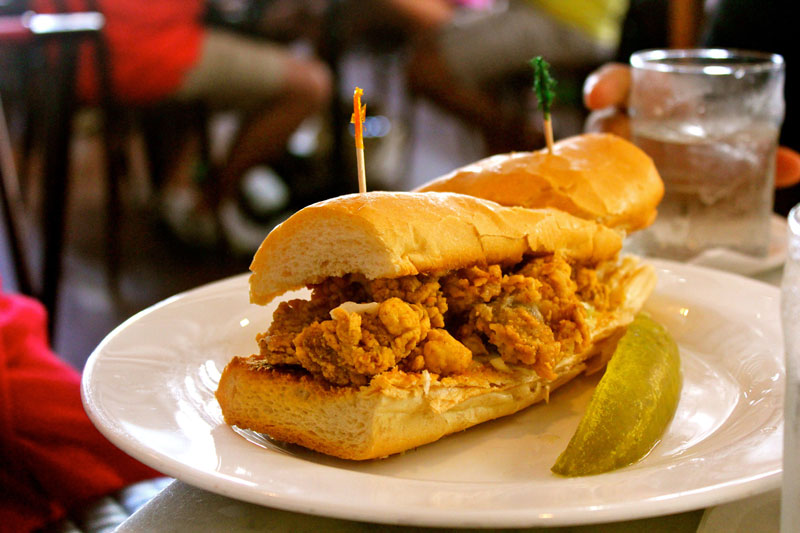 Just down from Mr. B’s Bistro on Royal Street, scaffolding blocks out what is the most famous family-owned restaurant in the city –the original Brennan’s that was started in 1943, set to re-open in November 2014. This was where the legendary Ella Brennan began her career at the age of 18, before she acquired the old Commander’s Palace in the Garden District and set about creating what she called ‘the best restaurant we know how’ and a legacy of her own. You are most likely to be greeted by one of the Brennans at Commander’s, even if you don’t know it. The night we dine there, a pretty young girl in black – who we later learn is Ella Brennan’s granddaughter – ushers us to our table in much the same way her grandmother would have greeted guests all those years ago. This is where the famous Brennan hospitality begins, and stays with you long after you leave.
Just down from Mr. B’s Bistro on Royal Street, scaffolding blocks out what is the most famous family-owned restaurant in the city –the original Brennan’s that was started in 1943, set to re-open in November 2014. This was where the legendary Ella Brennan began her career at the age of 18, before she acquired the old Commander’s Palace in the Garden District and set about creating what she called ‘the best restaurant we know how’ and a legacy of her own. You are most likely to be greeted by one of the Brennans at Commander’s, even if you don’t know it. The night we dine there, a pretty young girl in black – who we later learn is Ella Brennan’s granddaughter – ushers us to our table in much the same way her grandmother would have greeted guests all those years ago. This is where the famous Brennan hospitality begins, and stays with you long after you leave. 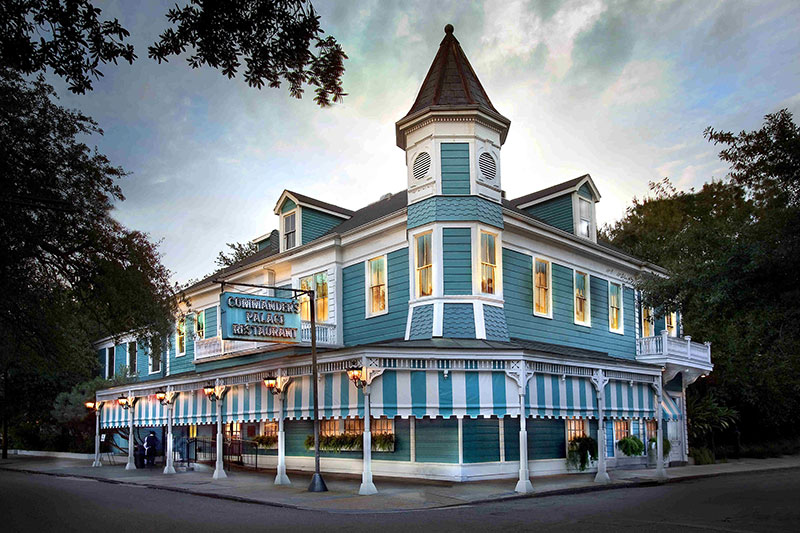 In the elegant, old-world main dining room, there is an acknowledgement of loss and a painstaking revival: the walls are decorated with plaster replicas of several species of beautiful birds found in the region, set against exquisite hand-decorated wallpaper. Ti Adelaide Martin, Ella Brennan’s daughter explains that in the aftermath of Hurricane Katrina, everyone noticed an immense silence – there was no birdsong. It shocked everyone so profoundly, that when life began to go slowly back to normal, they decided to create a reminder of the things we take for granted.
In the elegant, old-world main dining room, there is an acknowledgement of loss and a painstaking revival: the walls are decorated with plaster replicas of several species of beautiful birds found in the region, set against exquisite hand-decorated wallpaper. Ti Adelaide Martin, Ella Brennan’s daughter explains that in the aftermath of Hurricane Katrina, everyone noticed an immense silence – there was no birdsong. It shocked everyone so profoundly, that when life began to go slowly back to normal, they decided to create a reminder of the things we take for granted.  At Commander’s Palace, the business of dining is conducted on a scale that has become increasingly rare. These are the kitchens – which we tour – where chefs like Paul Prudhomme and Emeril Lagarsse honed their skills, and where Ella Brennan’s used her understanding of Creole cuisine and its possibilities to push its boundaries and bring it worldwide attention. The current Executive Chef, Tory McPhail, who has won the James Beard Foundation’s Best Chef South award, has a tasting menu with highlights of crisp pork belly and oysters; chargrilled tournedos of Black Angus beef; banana bread soufflé, all reworked, modern interpretations shot through with rich, deep, unmistakably Southern flavours. Complemented by a Wine Spectator ‘Grand Award’ worthy wine list, and perfectly timed, personalized, and friendly service, Commander’s is an unique experience, one that would be very hard to replicate. The service alone is worth going back for – and that is just what we do. The famous Sunday Jazz brunch in the light filled Garden Room is slow and luxurious, and has the air of a fun-filled, elegant private party with live jazz, exotic cocktails, turtle soup and Creole gumbo. Ti Martin and Chef Tory McPhail walk around, greeting guests, many of who appear to be regulars. Ti Martin, who runs Commander’s with her cousin Lally Brennan, explains how she personally trains new staff, physically demonstrating the levels of service expected, adding, her vibrant laugh ringing through the restaurant, that many just leave!
At Commander’s Palace, the business of dining is conducted on a scale that has become increasingly rare. These are the kitchens – which we tour – where chefs like Paul Prudhomme and Emeril Lagarsse honed their skills, and where Ella Brennan’s used her understanding of Creole cuisine and its possibilities to push its boundaries and bring it worldwide attention. The current Executive Chef, Tory McPhail, who has won the James Beard Foundation’s Best Chef South award, has a tasting menu with highlights of crisp pork belly and oysters; chargrilled tournedos of Black Angus beef; banana bread soufflé, all reworked, modern interpretations shot through with rich, deep, unmistakably Southern flavours. Complemented by a Wine Spectator ‘Grand Award’ worthy wine list, and perfectly timed, personalized, and friendly service, Commander’s is an unique experience, one that would be very hard to replicate. The service alone is worth going back for – and that is just what we do. The famous Sunday Jazz brunch in the light filled Garden Room is slow and luxurious, and has the air of a fun-filled, elegant private party with live jazz, exotic cocktails, turtle soup and Creole gumbo. Ti Martin and Chef Tory McPhail walk around, greeting guests, many of who appear to be regulars. Ti Martin, who runs Commander’s with her cousin Lally Brennan, explains how she personally trains new staff, physically demonstrating the levels of service expected, adding, her vibrant laugh ringing through the restaurant, that many just leave! 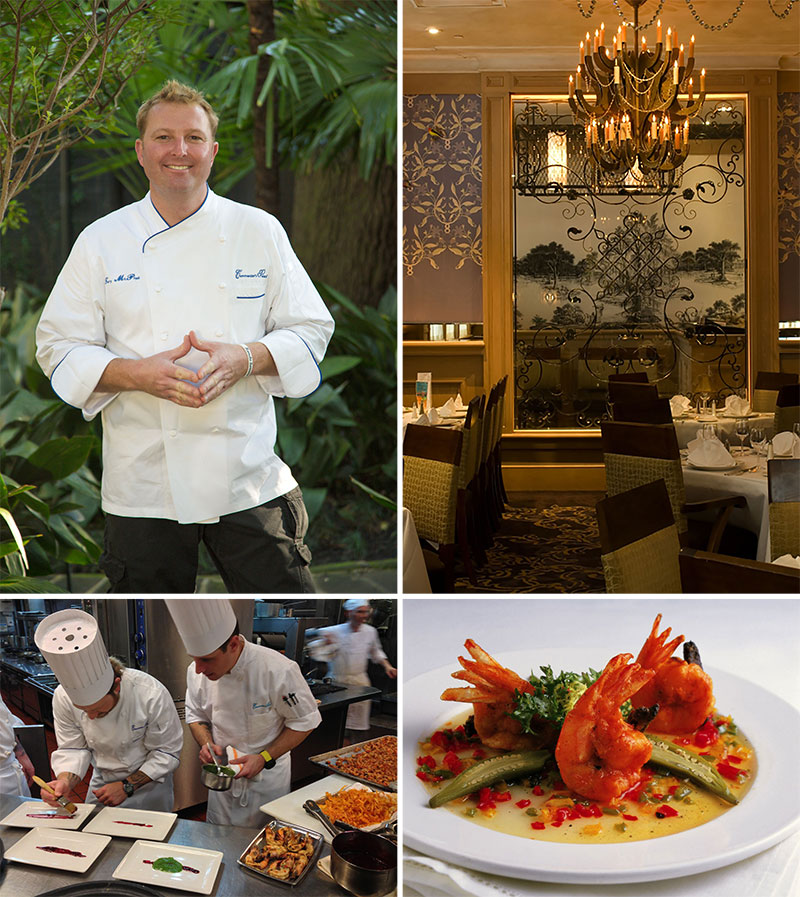 At dinner the previous night I had noticed a distinguished looking group at the table next to ours, a lady with short grey hair very much the center of attention. “That’s Miss Ella, “said Gabriel Senette, who was attending our table, “she sometimes graces us with her presence.” As she left the room, I hesitated for a moment, and then asked to meet her. Ella Brennan is 88 years old, with a lifetime spent creating her own legend. She returns immediately to the dining room, full of charm, grace, humour and the much written about southern hospitality, and spends time talking with us about her extraordinary life in the restaurant business, showing as much interest in our lives as speaking about her own. Entirely self-taught, she travelled the world to see how the best restaurants were run, how they were cooking, and brought it all back home, to do better, in lavish, New Orleans style. It’s not difficult to see what lies at the heart of her success as a restaurateur – a genuine and warm interest in people, something she has managed to infuse into everyone who works at Commander’s
At dinner the previous night I had noticed a distinguished looking group at the table next to ours, a lady with short grey hair very much the center of attention. “That’s Miss Ella, “said Gabriel Senette, who was attending our table, “she sometimes graces us with her presence.” As she left the room, I hesitated for a moment, and then asked to meet her. Ella Brennan is 88 years old, with a lifetime spent creating her own legend. She returns immediately to the dining room, full of charm, grace, humour and the much written about southern hospitality, and spends time talking with us about her extraordinary life in the restaurant business, showing as much interest in our lives as speaking about her own. Entirely self-taught, she travelled the world to see how the best restaurants were run, how they were cooking, and brought it all back home, to do better, in lavish, New Orleans style. It’s not difficult to see what lies at the heart of her success as a restaurateur – a genuine and warm interest in people, something she has managed to infuse into everyone who works at Commander’s 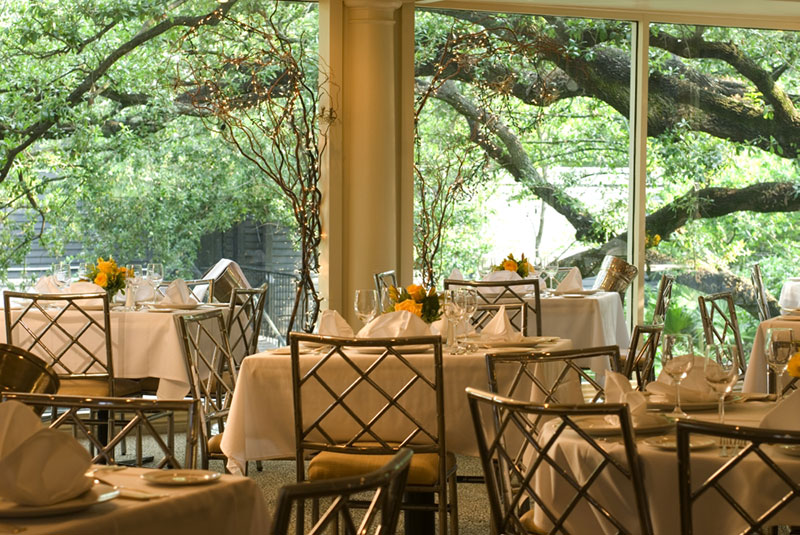
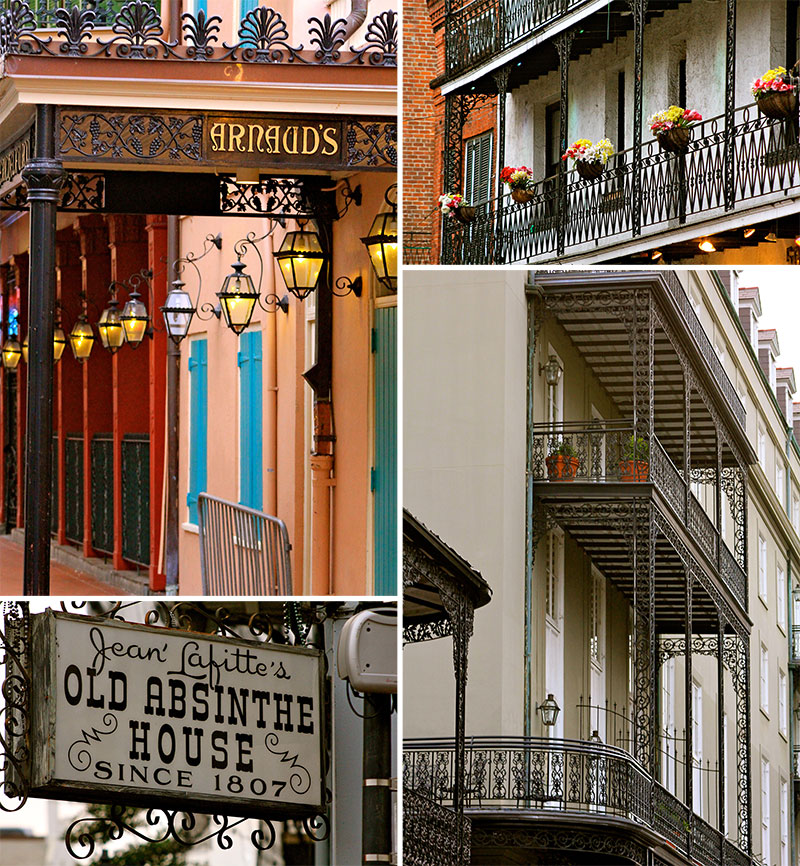 Crescent City Flavours appeared in UpperCrust magazine, January – March 2015.
Crescent City Flavours appeared in UpperCrust magazine, January – March 2015.





Kaveri I’ve said this before but I must again… your article backed by the eloquent pictures ..bring alive so much more than just ‘cuisine & flavour ‘It fills you with a warmth of a tradition thats so exclusive despite the flavours being inclusive of so many origins…to say the least I simply loved the read & actually imagined Jazz being played in the backdrop while savouring & appreciating the richness & stamp of New Orleans..beautifully written & thank you for sharing your experiences..not to mention ..did some some drooling too -on oysters caviare & seafood in general !
Hello Uma, I’m delighted that the article sparked so many responses and thoughts for you. Dining out in new Orleans was a long cherished dream, the experience of a lifetime. And by sheer good fortune,I was able to meet some of the legends who literally created modern New Orleans culinary trends. The chefs I met were so generous with their time and gave me a real insight into NOLA flavours. Do keep visiting these pages. Warm wishes.Kaveri